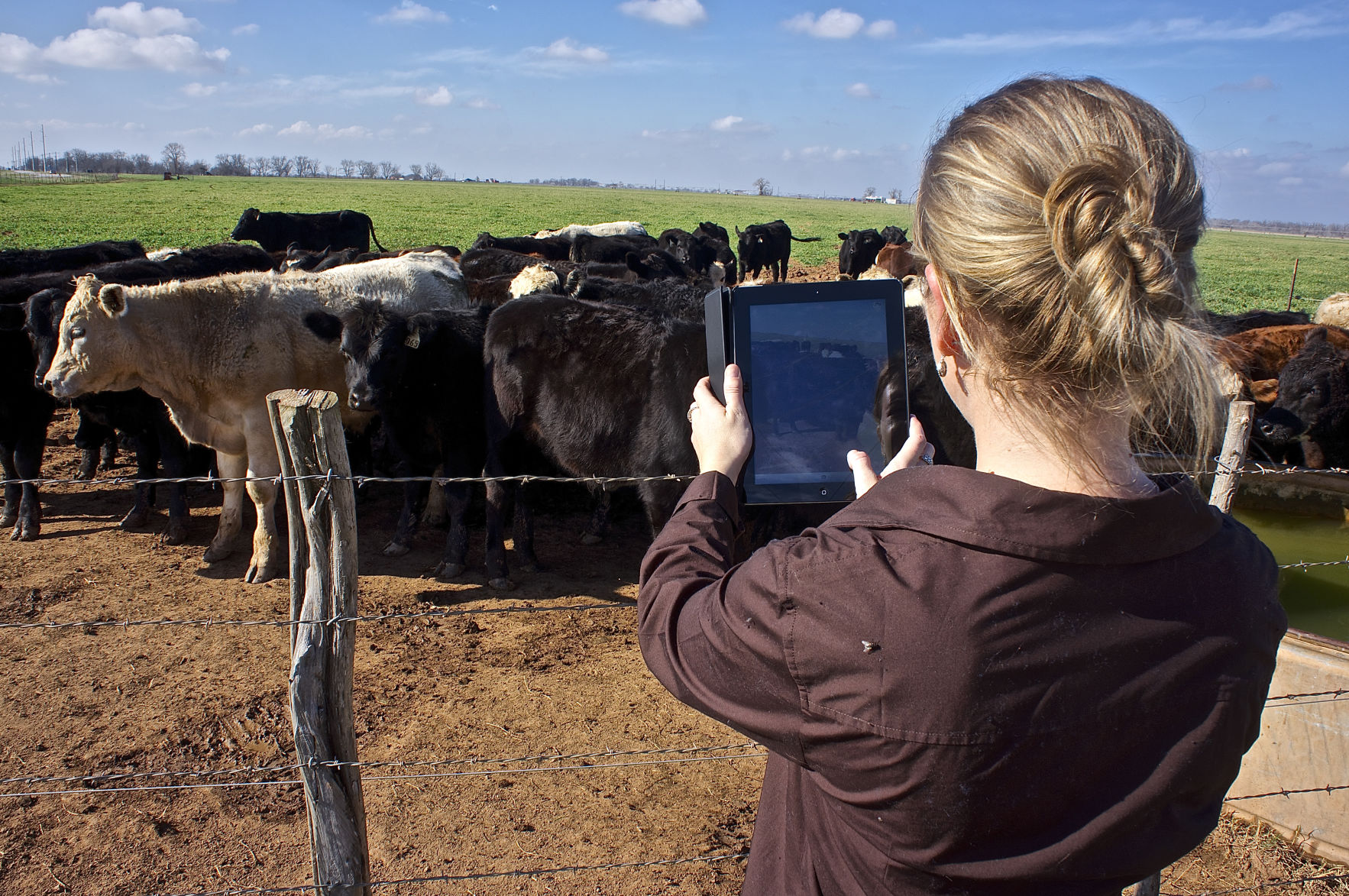Texas A&M AgriLife on leading edge of cross-border threat screening and supply chain defense

Texas A&M AgriLife will lead a consortium of U.S. academic institutions and other partners in establishing a new Department of Homeland Security Center for Excellence for Cross-Border Threat Screening and Supply Chain Defense.
The DHS Science and Technology Directorate recently announced the selection of Texas A&M University to lead the consortium with $3.85 million in funding in the first year of a 10-year grant period.
Texas A&M AgriLife will lead a consortium of U.S. academic institutions and other partners in establishing a new Department of Homeland Security Center for Excellence for Cross-Border Threat Screening and Supply Chain Defense.
“Texas A&M looks forward to bringing together its expertise in many disciplines across the A&M System to deliver new, innovative technologies to reduce the risk of biological threat introduction across U.S. borders,” said Texas A&M University System Chancellor John Sharp.
Agency project partners include Texas A&M AgriLife Research-Institute for Infectious Animal Diseases, Texas A&M AgriLife Research and Extension Center at Weslaco, the Texas A&M School of Public Health, Texas A&M Health Science Center, Texas A&M College of Veterinary Medicine, Texas A&M Engineering Experiment Station, Texas A&M Engineering Extension Service, Texas A&M Galveston and the Texas Transportation Institute.
“Texas A&M AgriLife realizes the importance of developing protective measures related to both human and agricultural health as well as transport of products through global supply chain networks,” said Dr. Patrick Stover, vice chancellor for agriculture and life sciences at Texas A&M. “We are well positioned to lead this effort to deliver solutions and help secure the nation without compromising the pace and operational structures of commercial enterprises.”
Other project partners include the University of Texas Medical Branch-Galveston, University of Washington, IBM Research, Quidel, Host Response and SunQ.
The new center will work closely with DHS components such as U.S. Customs and Border Protection to research and develop solutions to counter known and unknown biological threats to the nation’s people, agriculture and economy.
Texas A&M will spearhead a consortium of academic, industry, government and laboratory partners throughout the country. The consortium aims to provide continuous access to high-quality, university-led research and education resources to the department’s components and the broader homeland security enterprise, according to officials.
The new center’s research portfolio will focus on three major topic areas: technologies detecting biological threats moving through global supply chains, data integration and analytics to support threat detection, and novel methods to minimize risks to DHS operations. It will also train and educate a highly skilled workforce to prepare for and respond to current and emerging biological threats.
“This is the first time DHS has awarded a new Center of Excellence to an emeritus university,” said Dr. Melissa Berquist, director of the Institute for Infectious Animal Diseases in College Station. “Drawing on 13 years of experience and lessons learned will allow CBTS to deliver agile, responsive and innovative solutions for DHS needs as a ‘think tank’ for research and workforce development solutions across the homeland security enterprise.”
The DHS Centers of Excellence were established by the Homeland Security Act of 2002 to be a “…coordinated, university-based system to enhance the nation’s homeland security.”
They are a well-integrated network of researchers and educators focused on specific high-priority DHS challenges. The centers work directly with the department’s operational agencies to solve complex and difficult problems across the homeland security enterprise.
Each Center of Excellence is led by a U.S. college or university and involves multiple partners. Center of Excellence partners include other academic institutions, industry, National Laboratories and other federally-funded research and development centers, as well as other federal agencies that have homeland security-relevant missions, state/local/tribal governments, nonprofits and first responder organizations.
For more information, visit www.dhs.gov/st-oup.


